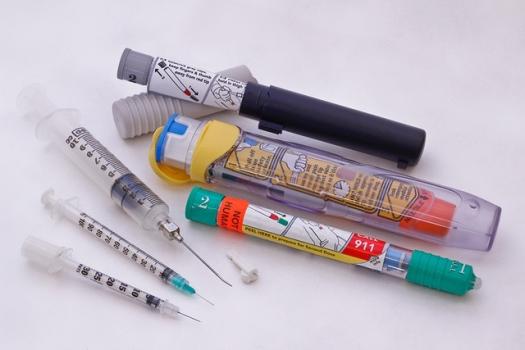If you’re in the business of developing medical devices, then risk and risk management become terms synonymous with your daily operations. Your overall task is to bring a device to market that not only provides a needed function to a patient, but is also proven to be safe to use—maybe even used by someone who is near and dear to you.
|
ADVERTISEMENT |
Risk management can be a daunting and often confusing subject. Even the most experienced businesses trip over it from time to time, so it always pays to keep your knowledge up to date.
We looked into some key challenges that have been common in risk management lately, because it’s always good to know where the challenges lay, and what to do about it. Here is what we’ve found:
…

Add new comment